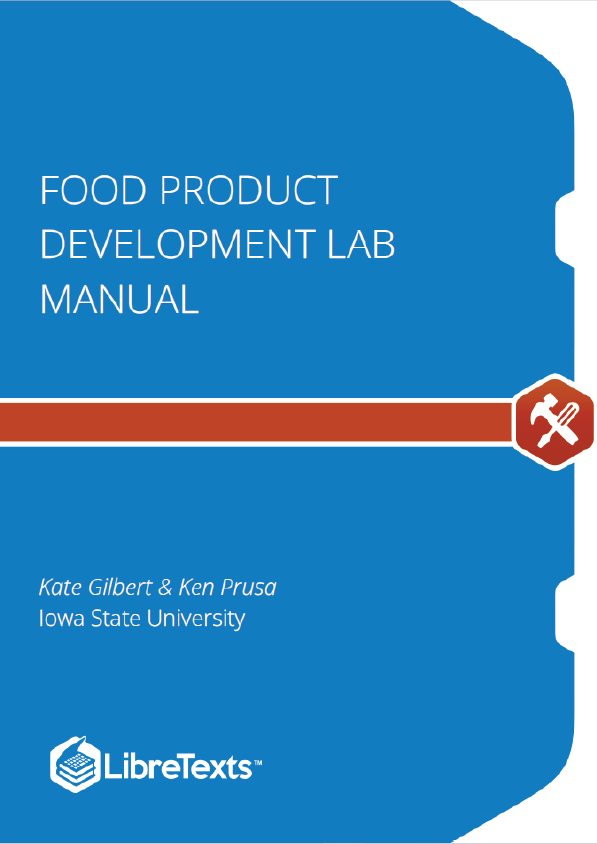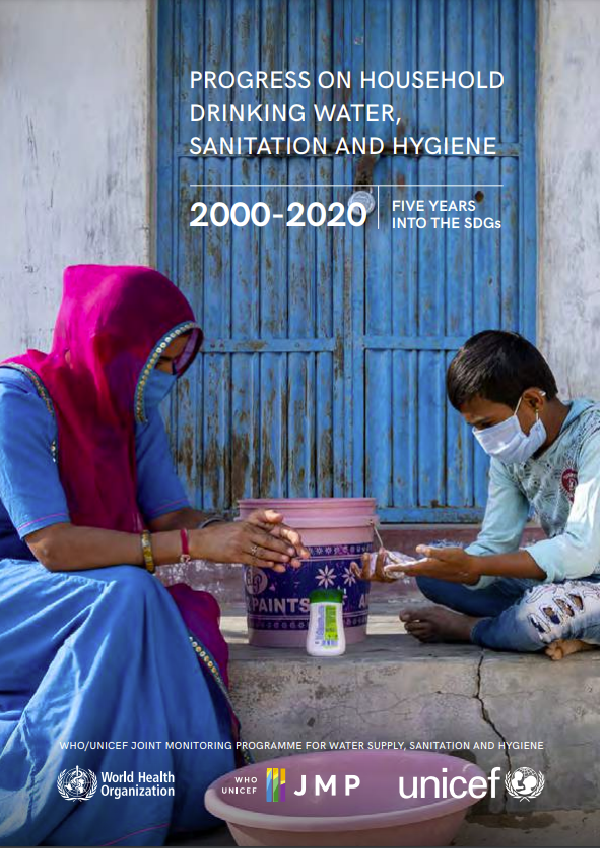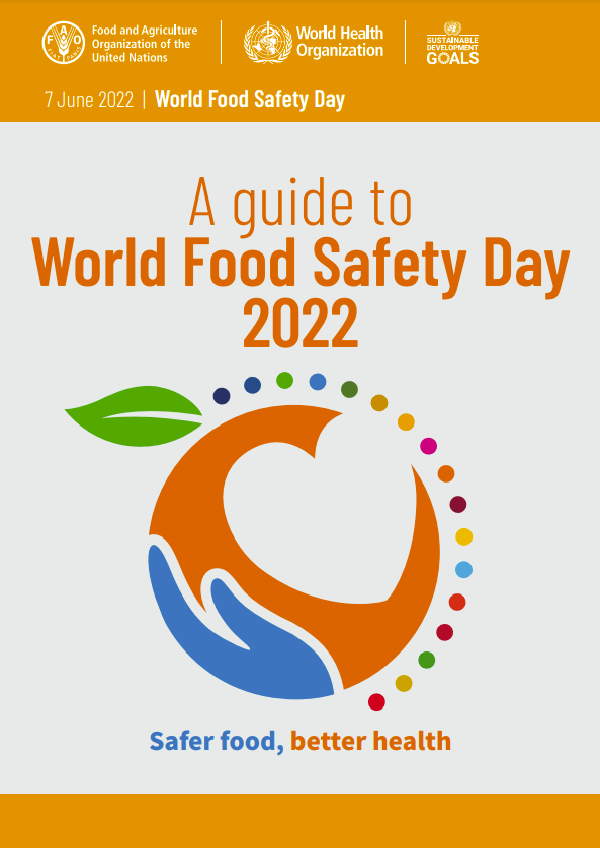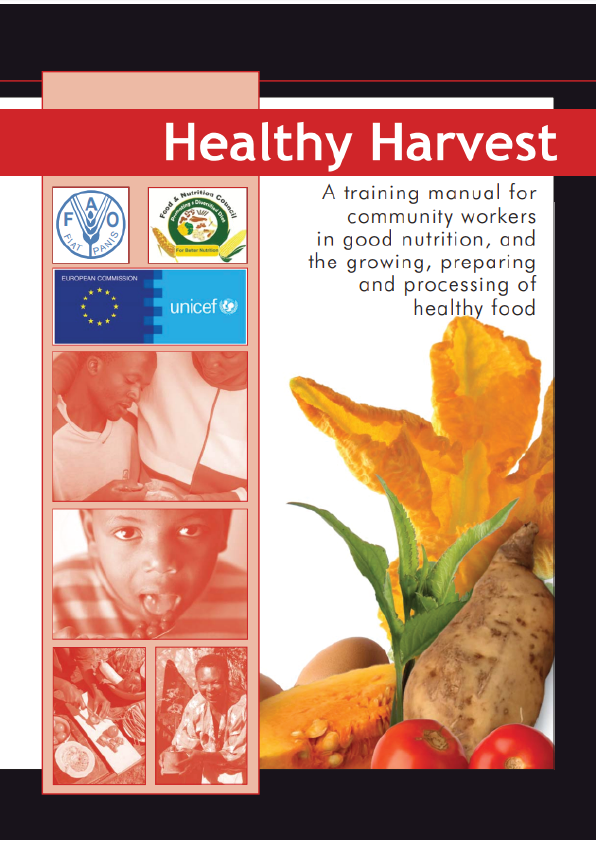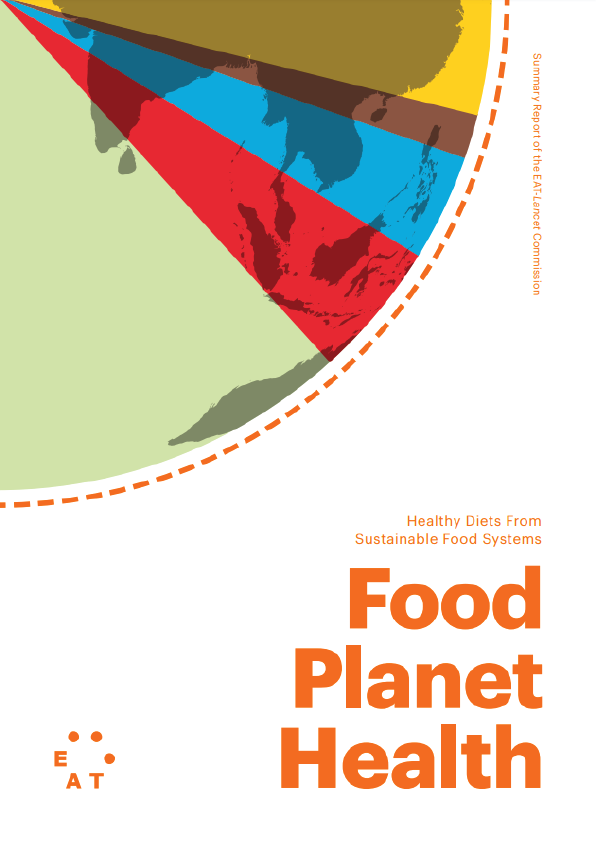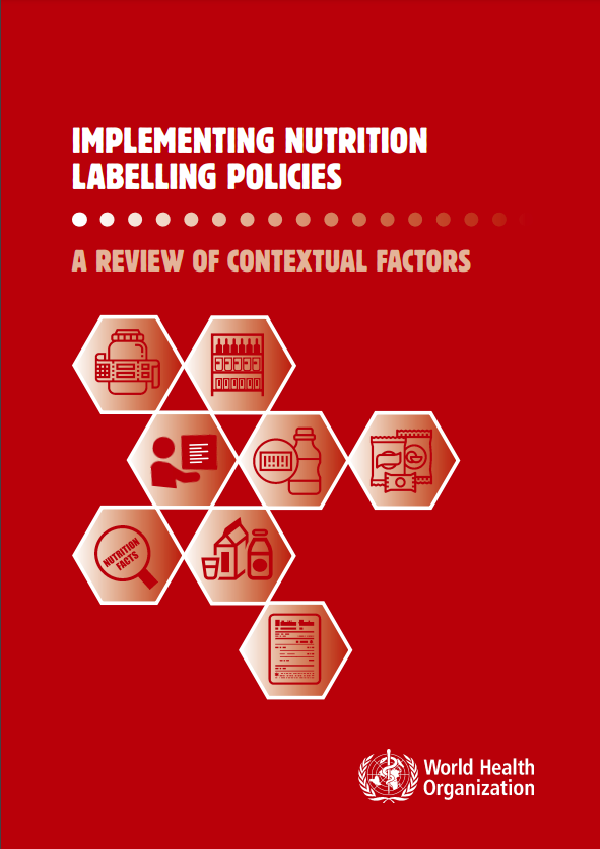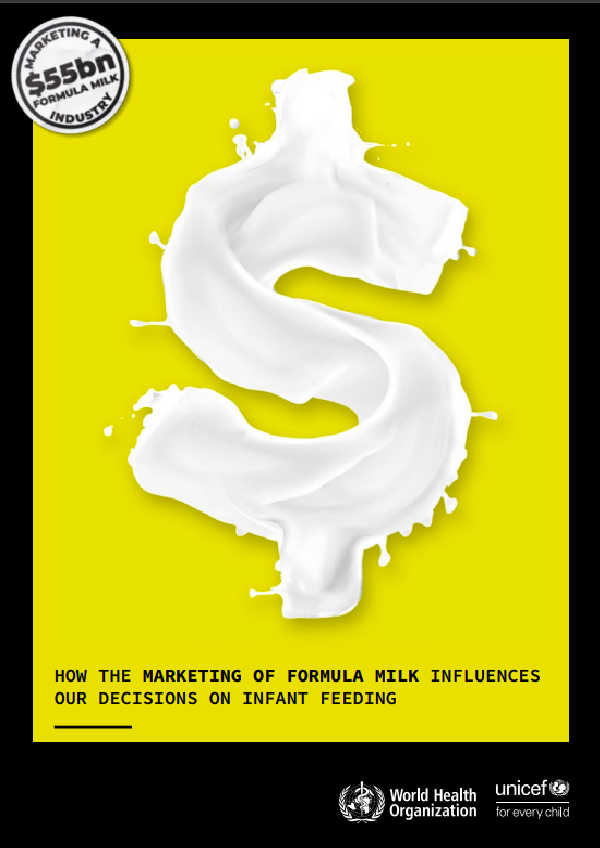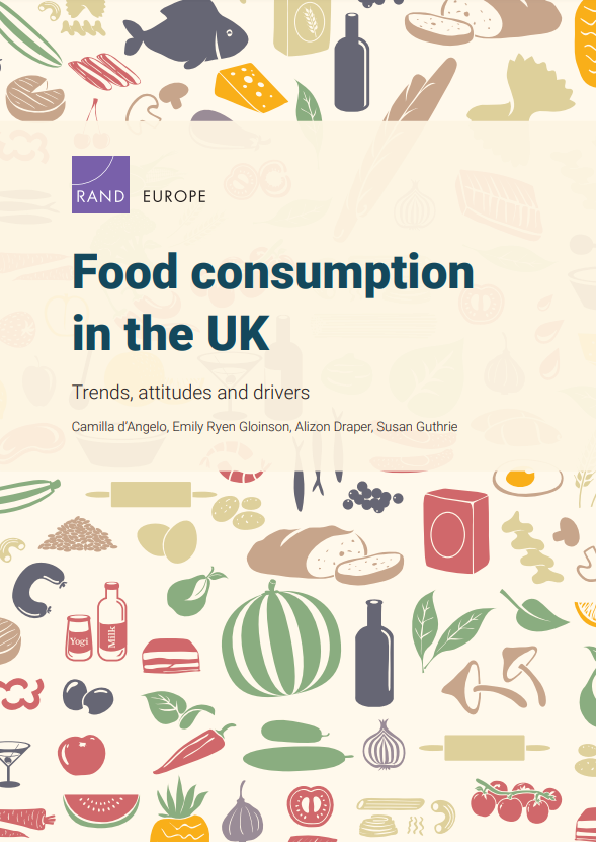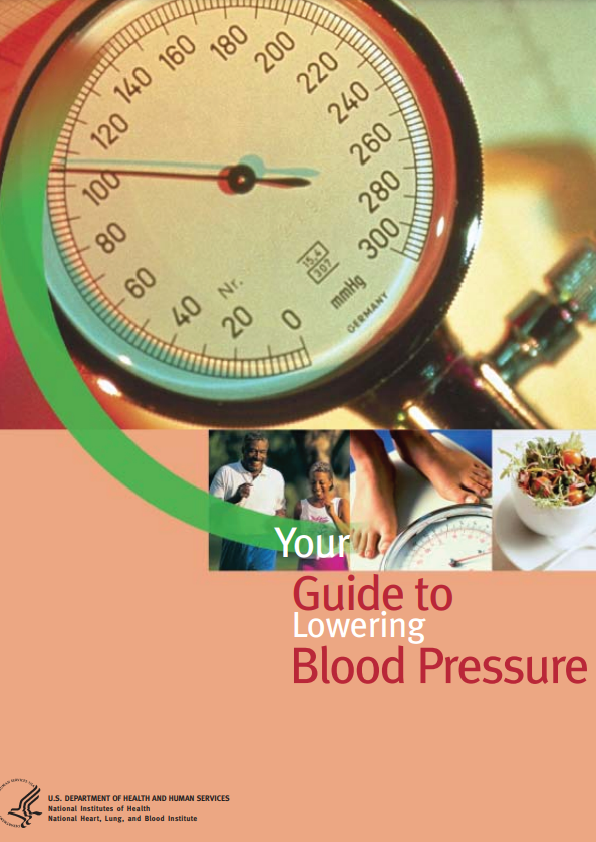A practical how-to illustrating the process of developing a new food product from ideation and formulation to processing and lastly commercialization. This book highlights the overall process and gives instructions for each of the steps along the way.
To start, let’s think about what product development is:
- How new things show up in the grocery store or in foodservice
- The process of creating, processing, and commercializing a new food product
- The process generally takes a group of people from different disciplines working together to develop (or improve) a product.
Typically this Stage and Gate process works like a funnel. You may start with 12 to 15 ideas and then research and evaluate those ideas. Some ideas will get discarded because you will find the product concept already exists. Others will get discarded because the ingredients or processing will cost more than what consumers are willing to pay (based on products in the relevant category). Some ideas will seem great, but will be too niche and will not have a large enough target audience to be successful. Once the ideas have been narrowed down, the best 3 to 5 ideas may be moved to the Formulation stage. In this stage, the product will be made on a small scale and consumer testing will be done to confirm interest. Then products will go through the second gate to determine which products have enough consumer interest to continue. During the Processing stage, 2 to 3 products are scaled up on larger equipment. This helps determine production costs and efficiency. Food safety and quality testing also are done to determine how to produce a safe and consistent product. Shelf-life testing is conducted at the end of the Processing stage to make sure the product will remain at an acceptable and safe quality long enough for the product to made, shipped, purchased, and consumed. The third gate evaluates production, food safety, quality, and shelf life to decide which products can actually be made efficiently and consistently. The Commercialization stage includes work to get the product ready to sell on the grocery store shelves. Typically this includes the final costing, additional consumer sensory testing, and package design. The final gate makes sure that no errors or significant drawbacks have been missed before the product is launched. Through the Stage and Gate process, 12 to 15 ideas may get narrowed down to 1 or 2 products. The Stage and Gate process allows many ideas to be considered efficiently. The more viable the idea, the more time and work is needed. When an obstacle is found at a gate, no more time or resources are committed to that idea.
Each company may work through the stages of product development a bit differently depending on resources, timelines, and product types being developed. In a product development course, a product is likely developed from start to finish, so more market, consumer, and product research will need to be done during the ideation stage to catch significant drawbacks.
Ideation
Often the most difficult part of product development is coming up with the initial idea. Many food products exist in the marketplace, so coming up with a new food product that does not exist and consumers are interested in buying can be a challenge.
